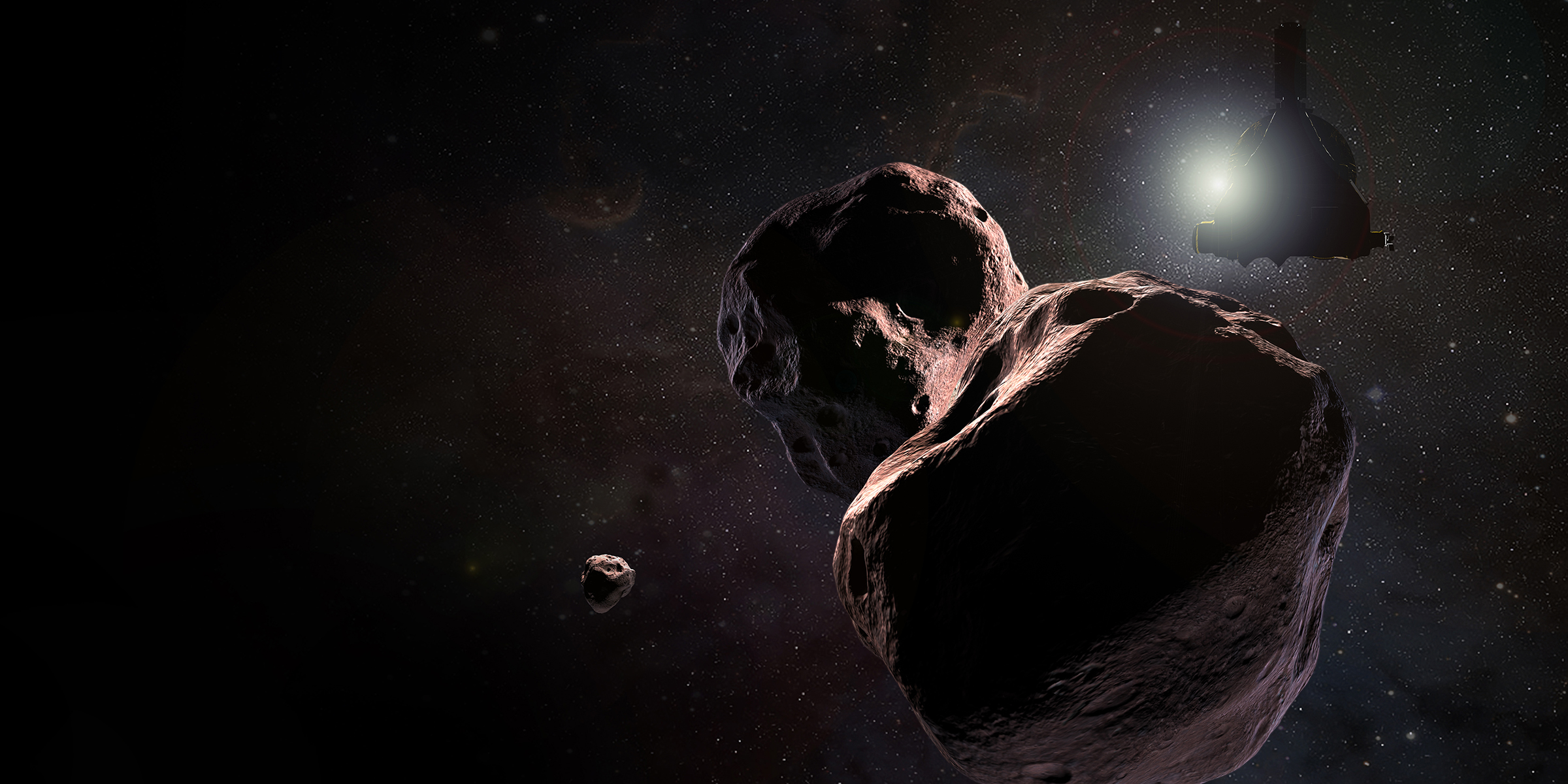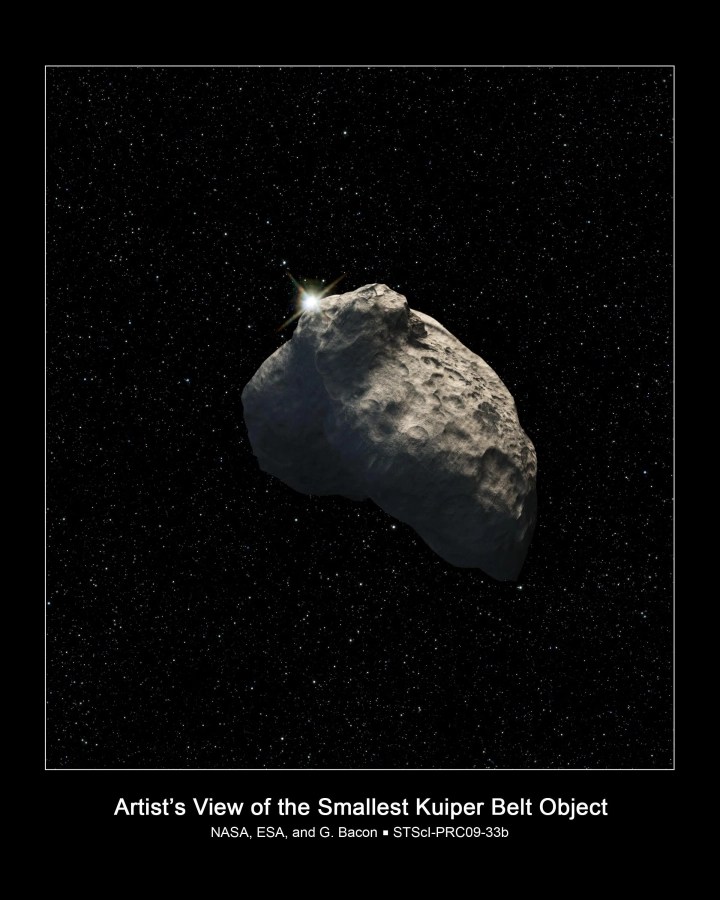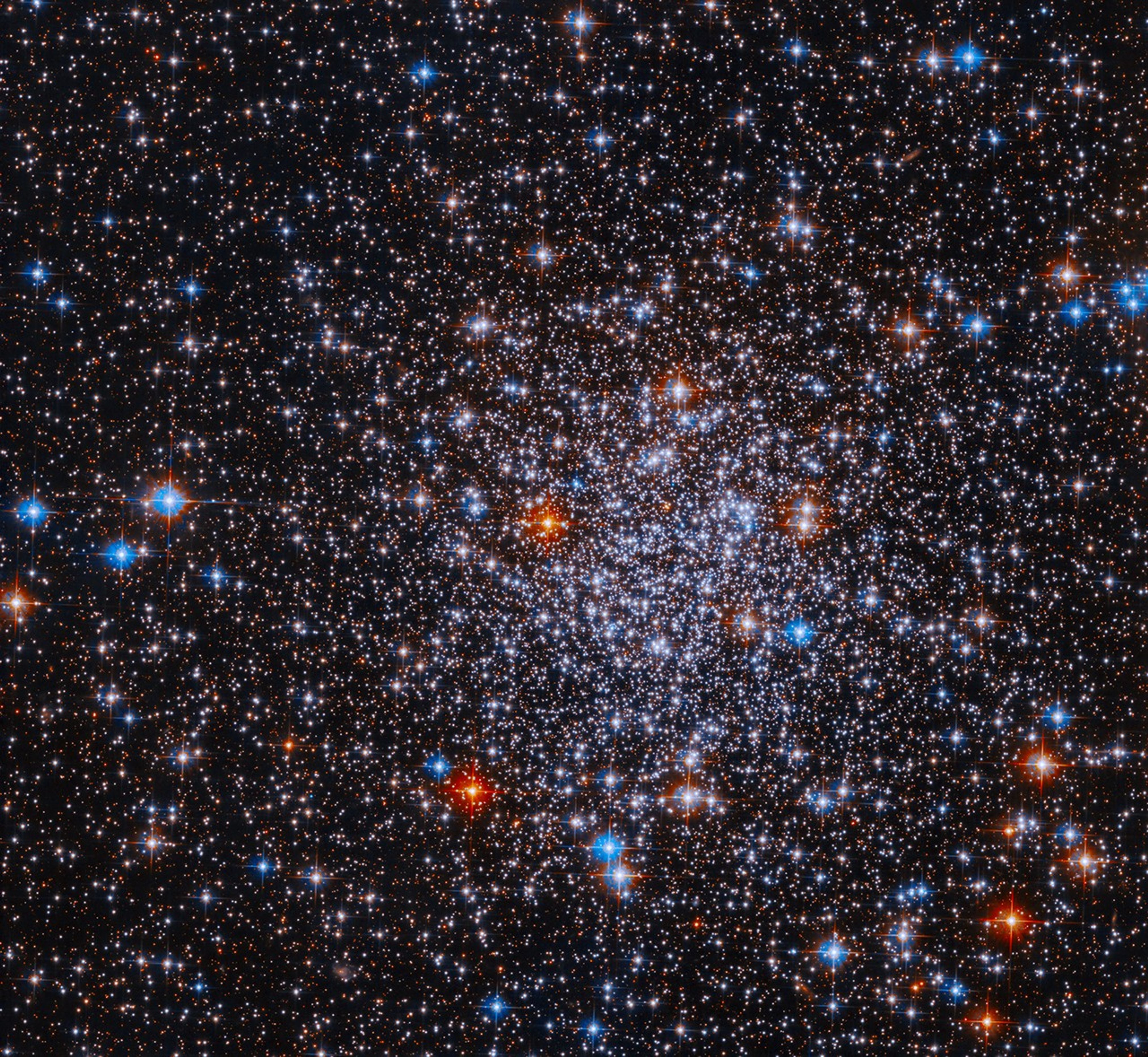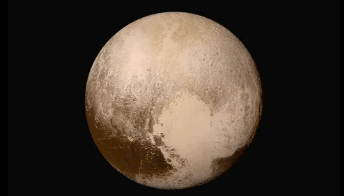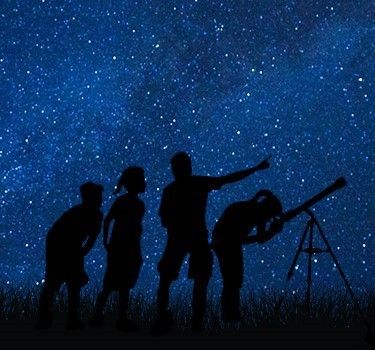Kuiper Belt Facts
The Kuiper Belt is a large, doughnut-shaped region of icy bodies extending far beyond the orbit of Neptune.
The Kuiper Belt is home to Pluto and Arrokoth. Both worlds were visited by NASA's New Horizons spacecraft. There may be millions of other icy worlds in the Kuiper Belt that were left over from the formation of our solar system.
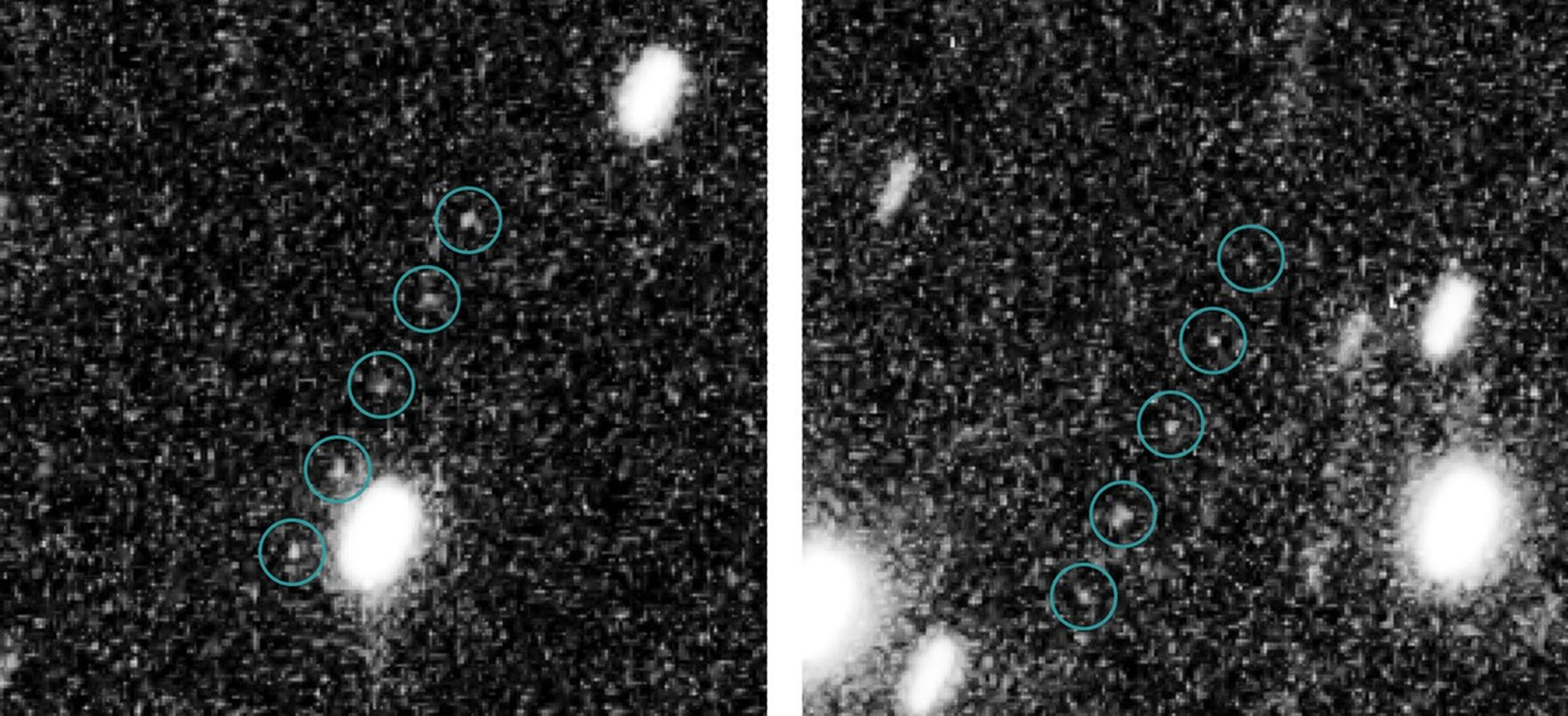
Kuiper Belt Exploration
Most of what we know about the Kuiper Belt comes from ground-based telescopes and the Hubble Space Telescope.
Only one spacecraft has visited the Kuiper Belt. NASA’s New Horizons flew past Pluto in July 2015 – sending back the first clear, close-up images of the tiny world. On Jan. 1, 2019, the spacecraft flew by a Kuiper Belt object later named Arrokoth.
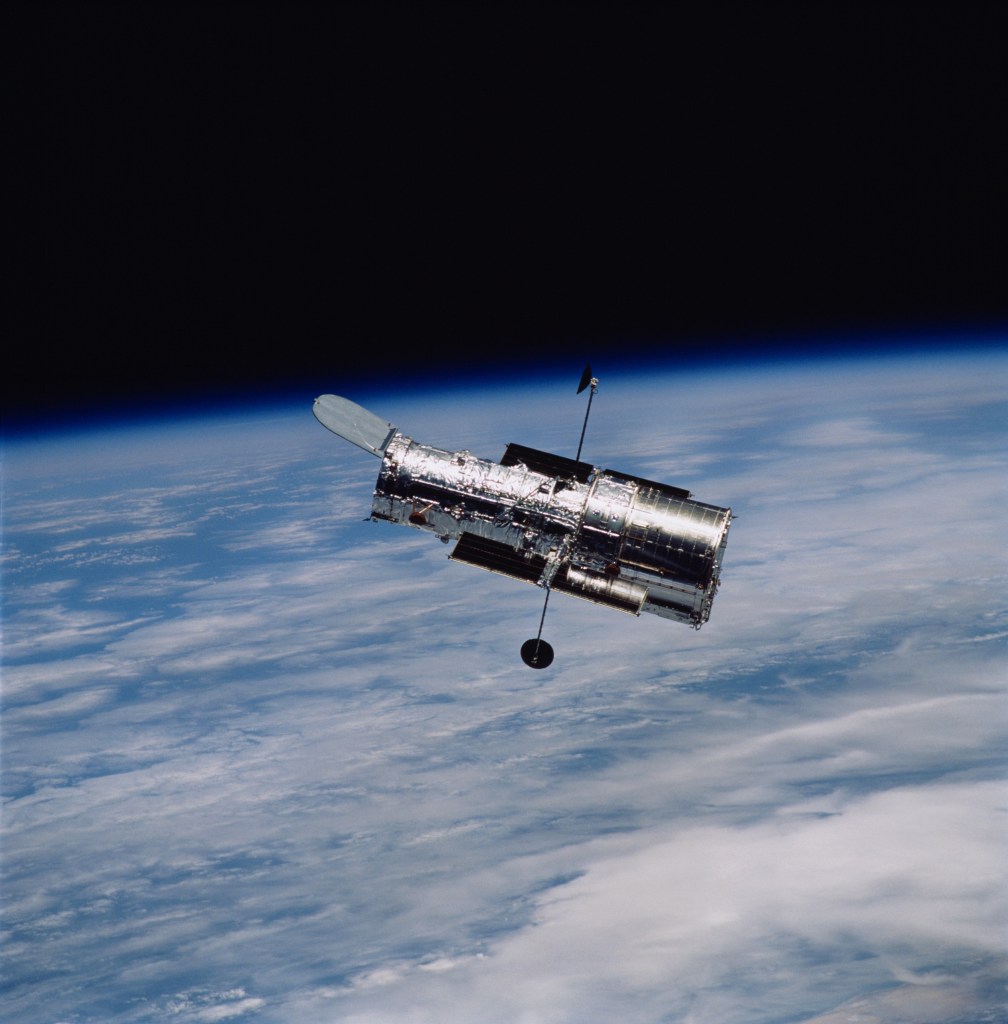
NASA’s Hubble Finds Kuiper Belt Duo May Be Trio
The puzzle of predicting how three gravitationally bound bodies move in space has challenged mathematicians for centuries, and has most…
Read the Story
























